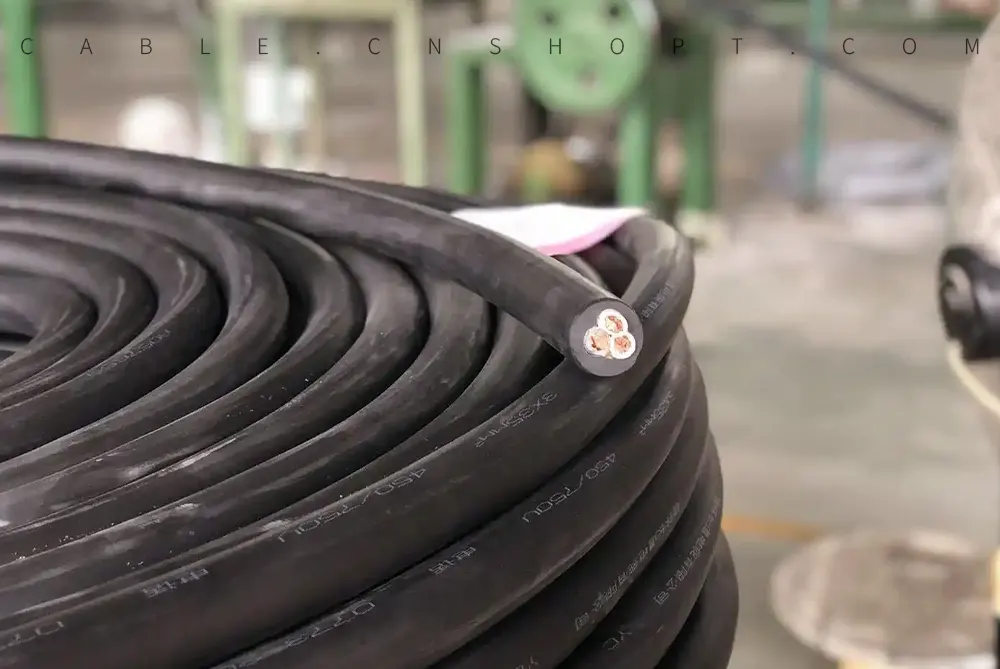Wires and cables are integral parts of our everyday lives, whether powering our homes, connecting us to the internet, or enabling large-scale industrial operations. But how much do you really know about the cables and wires that make all of this possible? At a basic level, wires and cables are used to conduct electricity, but they differ in structure:
A single conductor that carries electricity. Wires are often made of copper or aluminum.
A bundle of multiple wires, often surrounded by layers of insulation and protective sheathing, designed for more demanding environments.
While a wire might work fine for simple applications, cables are better suited for complex and high-load tasks, offering better protection and performance.
Every wire and cable is made up of three main components:
The core material, usually copper or aluminum, which carries the electrical current.

A protective layer that prevents the electrical current from escaping the wire and causing safety issues, such as short circuits.
The outer layer that provides mechanical protection, shielding the wire from physical damage, chemicals, or environmental factors.
Depending on their application, wires and cables come in various sizes and materials. Here are some common types you’ll encounter:
These cables are used to deliver electrical power to homes, businesses, and industries. They range from small cables used for appliances to large, heavy-duty cables for power plants.
Used to control machinery or other electrical systems, these cables often include multiple conductors to allow signals to be sent between
CNSHOPT team will generally respond to your message within eight hours. If it is a weekend or a Chinese statutory holiday, there will be a delay.
We prefer you to contact us via email : info@cnshopt.com. In case of emergency, you can directly contact our WhatsApp account. If you do not receive our reply within 24 hours, please check your spam mailbox, it may appear there. We hope you will add our email to your trust list.